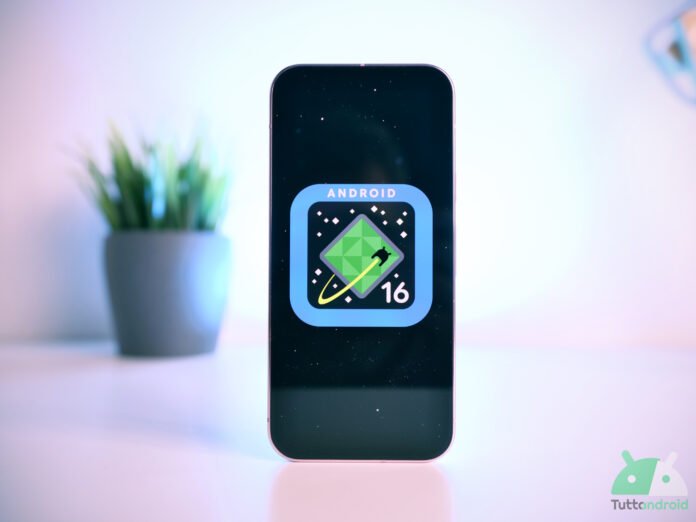With the official release of Android 16 in a stable version Google has started to preview some of the features that will mark the future of the Android experience. As for the management of real -time notifications, better known as Live Updatesalthough this novelty has already been announced with the first beta of the operating system, the concrete implementation is, at least for the moment, partial and limited.
The most attentive users, who in these hours are updating their devices compatible to Android 16, could in fact notice some signs of the arrival of a new generation of intelligent notifications designed to show constant and relevant updates, but the complete experience is still far from public debut.
What are the Live Updates, because they are important and when they really arrive
The new category of notifications introduced by Google is described as a system designed for keep users always informed about the ongoing processlike navigation towards a destination, the delivery of an order or the progress of a Uber race, just to give some concrete examples.
Those who know the Apple world will immediately notice the analogy with the live activities of iOS, which have long been providing dynamic updates on the blocking screen and in the Dynamic Island; Even on Android the intention is the same, offer a similar but deeply integrated experience in the operating systemwith support for the Always-on display (AOD), to the blocking screen, the status bar and even with notifications to the appearance.
However, it is good to clarify immediately that what is available today does not yet represent the definitive experience which is expected from the Live Updates.
With Android 16 some apps, in particular those dedicated to Ride-Sharing and Food Delivery, begin to exploit the new structure of notifications with user paths focused on progress; These are notifications that show, for example, at what point is it a delivery, or how many minutes are missing upon arrival of the car, with a visual approach based on advancement bars.
All very useful, but also very similar to what Android already offers through traditional notifications; essentially We are still in a transition phase And these notifications, however interesting, do not yet exploit the potential offered by the new Live Updates architecture.
As pointed out by Google, we are still in the initial phase and the use is now limited to specific use cases. The advanced and dynamic notifications, with floating elements, persistent views in the upper part of the display or deep integration with the system layout will not come immediately.
For the moment Google did not share official timing for the complete release of the Live Updatesbut the most likely time window is that linked to the future QPR1 update, which could represent the moment when the complete infrastructure for dynamic notifications will really enter.
In the meantime, all that remains is to monitor developments and observe closely how the main developers will begin to exploit the new API to provide increasingly reactive experiences.
With Android 16, Google once again confirms your will to improve the experience of use without distorting the visual language of Android, but introducing elements that make the interactions more fluid, contextual and useful; Live Updates, together with Material 3 Expressive, to the new desktop mode and all the innovations not yet available, are the symbol of an operating system that is evolving towards greater intelligence, possibly without making users wait too much.




